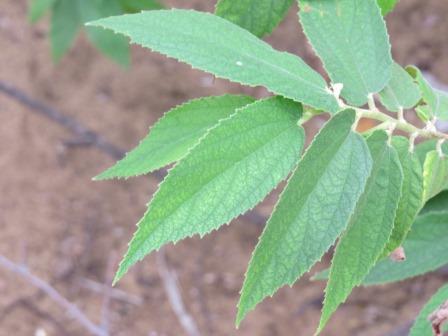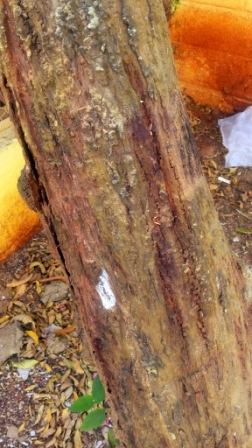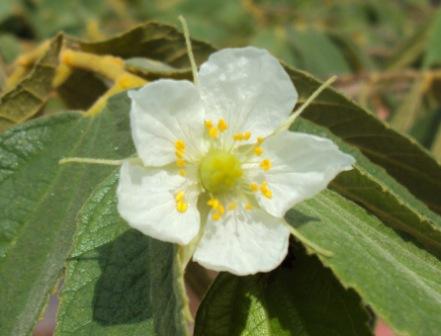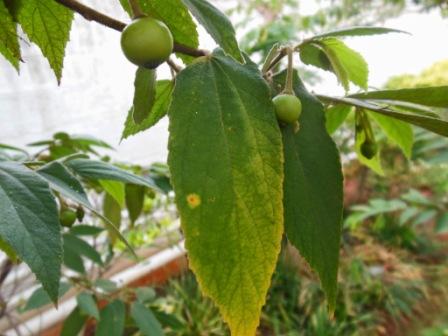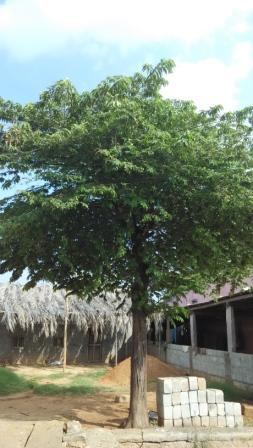Natural Regeneration :
- Regenerates naturally by seeds.
Artificial Regeneration :
- Propagated by Nursery raised seedlings.
Seed collection and Storage :
- Ripe fruits are collected
- The fruits are depulped and shade dried and stored in gunny bags
- Seed rate is 3500to 4000/kg.
- Germination capacity of fresh seed id 85 – 90%.
Seed Treatment :
- No Seed treatment is necessary.
Nursery Technique :
- The seeds can be sown in raised and shaded nursery beds
- Two leaved seedling are transplanted from nursery beds to polybags.
- Germination begins in 10 days
- Polybags plants about 4-5 months old have a height more than 60cm are suitable for planting.
Plantation technique :
- An appropriate interplant spacing is 3 m x 3 m
- Pit Size adopted is 30 cm3
Care & Disease Control :
- Young plants less than 3 years old may be pruned back after or during their first production of fruit.
- Pruning of vertical branches of mature plants facilitate fruit harvest. Pruning is an effective means of disrupting conditions conducive to pest and disease outbreaks.
Recommended Harvest :
Yield :
- Approximately 1-2 tons of fruit per year.
Major uses :
- The Jamaica cherry is widely eaten
- It is often cooked in tarts and made into jam
- The leaf infusion is drunk as a tea-like beverage
- The wood is useful for interior sheathing, making small boxes, casks and general carpentry.
Other uses :
Other Uses :
The pliable bark can be used as rough cordage. A tough, silk-like fibre can be obtained from the bark and is used for lashing supports and making rope. It is also used for basket making.The wood is valued in Brazil as a source of paper pulp.The sapwood is yellowish and the heartwood is reddish brown, firm, compact, fine grained, moderately strong, light in weight, durable indoors and easily worked. It is useful for interior sheathing, making small boxes, casks and general carpentry.The wood is soft and is valued mostly as fuel as it ignites quickly, burns with intense heat and gives off very little smoke. It is also used as wood for cooking


